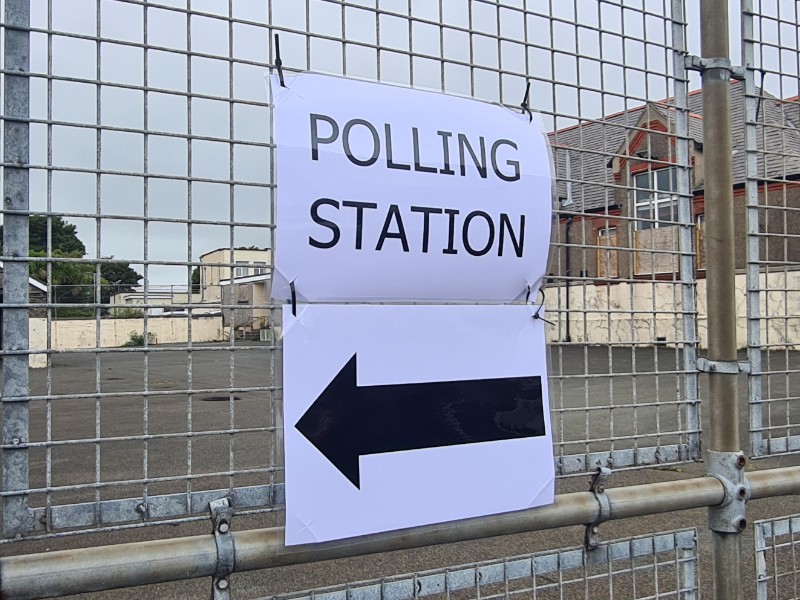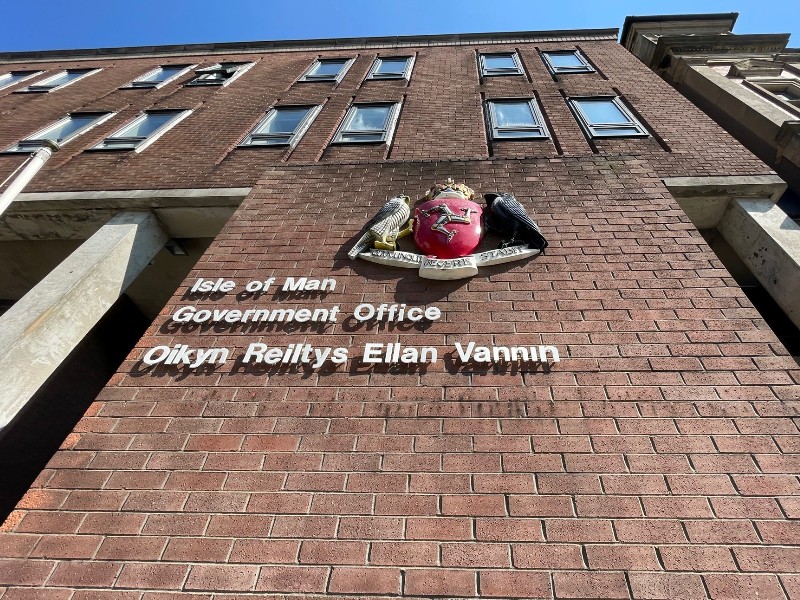
Newly-published report to be debated in July
Tynwald members will be asked next month to debate and approve a number of recommendations regarding the calculation and approach to the Island's Minimum Wage.
It's something that will put to the test a previous commitment to align the rate with the Living Wage by 2026.
Following a review, it's been recommended that the process for determining proposals in respect of the Minimum Wage be set as a percentage of Isle of Man Median Earnings.
Earlier this year, when the Minimum Wage was increased to £12.25, the Enterprise Minister committed to a review into the current process for determining proposals in respect of the Minimum Wage, considering the statutory requirements prescribed in the Minimum Wage Act, and the Tynwald policy position of alignment with the Living Wage.
A second planned uplift, to £13.05 from 1 October, was put on hold.
That review, now published, has resulted in a number of recommendations, including:
• That the process for determining proposals in respect of the Minimum Wage be set as a percentage of Isle of Man Median Earnings.
• That the percentage calculation be set at 66 percent of Median Earnings for April 2026 implementation, delivering a Minimum Wage rate directly tied to a commonly recognised Living Wage benchmark.
• That the Minimum Wage rate is submitted to Tynwald for approval in October each year, with an implementation date of the following April.
• That the Department for Enterprise prepare legislation to include recommended changes to Minimum Wage legislation, including the role and function of the Minimum Wage Committee.
Additional recommendations include maintaining the existing age bands and Accommodation Offset, and that a review into the impact of the implementation of this policy be conducted in the future.
Enterprise Minister Tim Johnston says: 'The subject of Minimum Wage is often a challenging task whereby Government must try to strike the right balance between the need to support low paid earners whilst also considering economic realities.
'In reviewing the current methodology, feedback was gathered from a number of stakeholders via focus groups and response forms including low paid workers who are typically not well represented in these discussions, and I’d like to thank everyone who took the time to contribute. The report highlighted a clear need to look at Minimum Wage methodology to avoid uncertainty and give workers and businesses clarity on pay and timelines and these form the basis of the recommendations we are bringing forward for debate to Tynwald in July.'
Treasury Minister Alex Allinson says: 'When Tynwald stated the ambition of delivering parity between the Minimum Wage and Living Wage by 2026, no one was aware of the significant challenges businesses would face, including the increased inflationary pressures. It was imperative that in order to move forward and to ensure we are meeting the needs of both our low paid earners and businesses, that we took the time to conduct this review.
'The Report highlights a number of recommendations including the move to the Minimum Wage rate being set against Median Earnings in line with neighbouring jurisdictions, using a commonly recognised methodology regarding relative poverty. It is also proposed that the new figure be brought to Tynwald for approval in October for implementation for the following April, ensuring businesses have enough notice to prepare and that there is a regular annual timeframe in place for increases. While the recommendations being brought forward are based on a wide range of feedback, the final decisions will ultimately be guided by the will of Tynwald, and we are looking forward to the debate next month.'
The published report can be found here and will be brought forward for debate at the July sitting of Tynwald.


 DoI to change rent-setting model for public sector housing
DoI to change rent-setting model for public sector housing
 Candidates could need to declare interests to stand in 2026 General Election
Candidates could need to declare interests to stand in 2026 General Election
 Customs and Excise office to relocate
Customs and Excise office to relocate
 Douglas man convicted in Island's 'most complex child abuse image investigation'
Douglas man convicted in Island's 'most complex child abuse image investigation'
